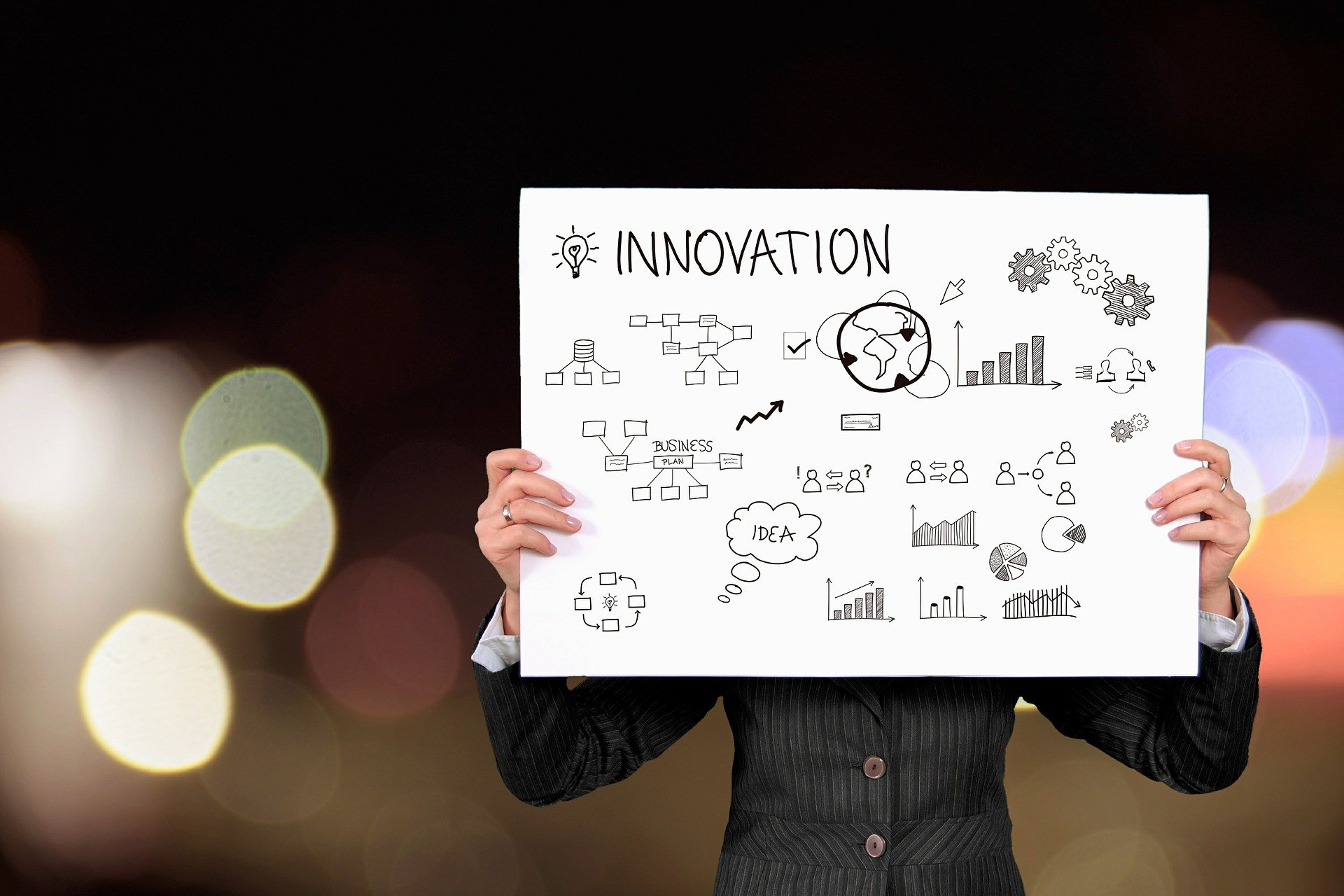
For today’s edition of #futurefridays let’s talk about Virtual Reality, and how it will change the Future of how Businesses operate today.
Have you ever been in a situation where you were trying to choose a resort to go to for your vacation, and you made your decision based on the pictures you saw?
What if there was a way to “try before you buy” by way of virtually immersing you into the resort, so you can experience what it’s like being there first-hand. Would that make your decision-making faster?
That’s what Virtual Reality can do for you. And it has many more use cases other than that.
Join me as we explore what Virtual Reality is and how it can be helpful in changing the way we do things within and around your business.
Let’s start with a video that defines what Immersive Technology like Virtual Reality is, and some examples of how it applies in the world today.
Continue reading “Virtual Reality and its Impact to the Future of Businesses”








